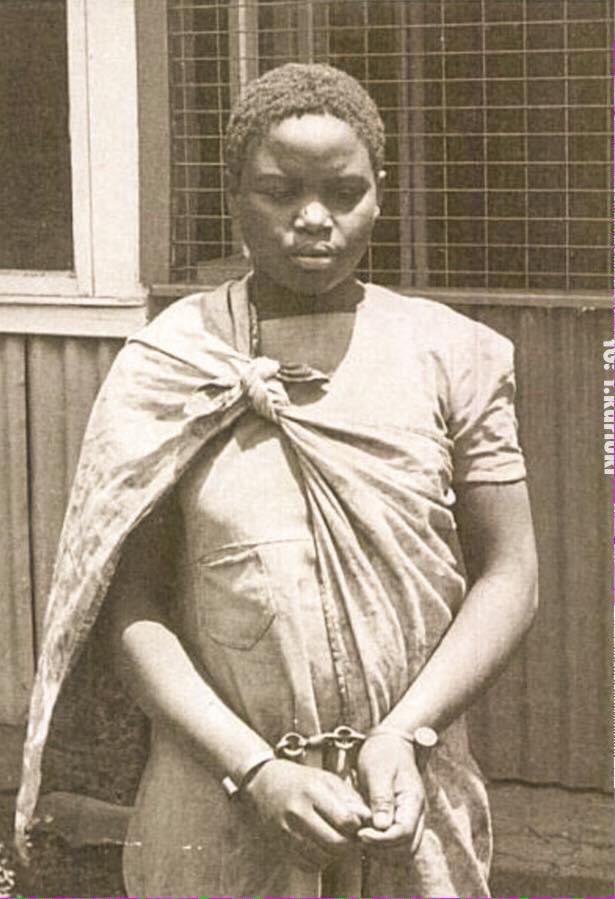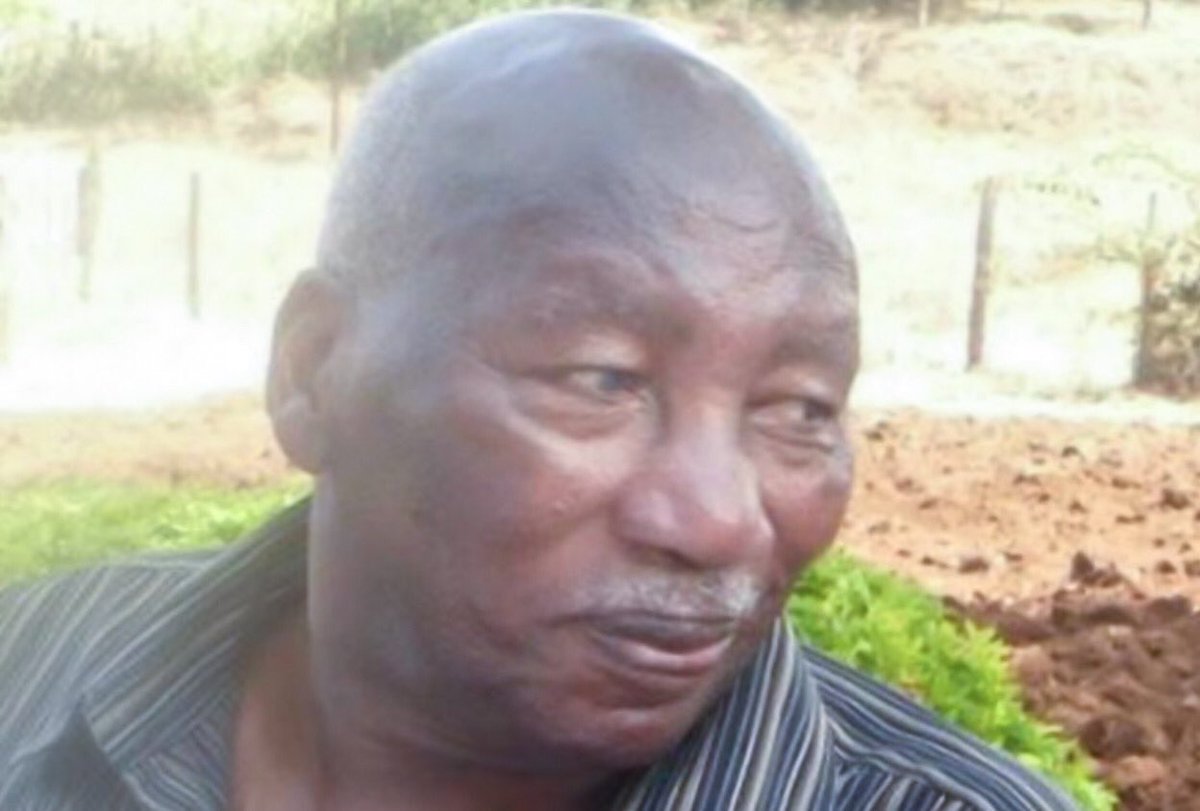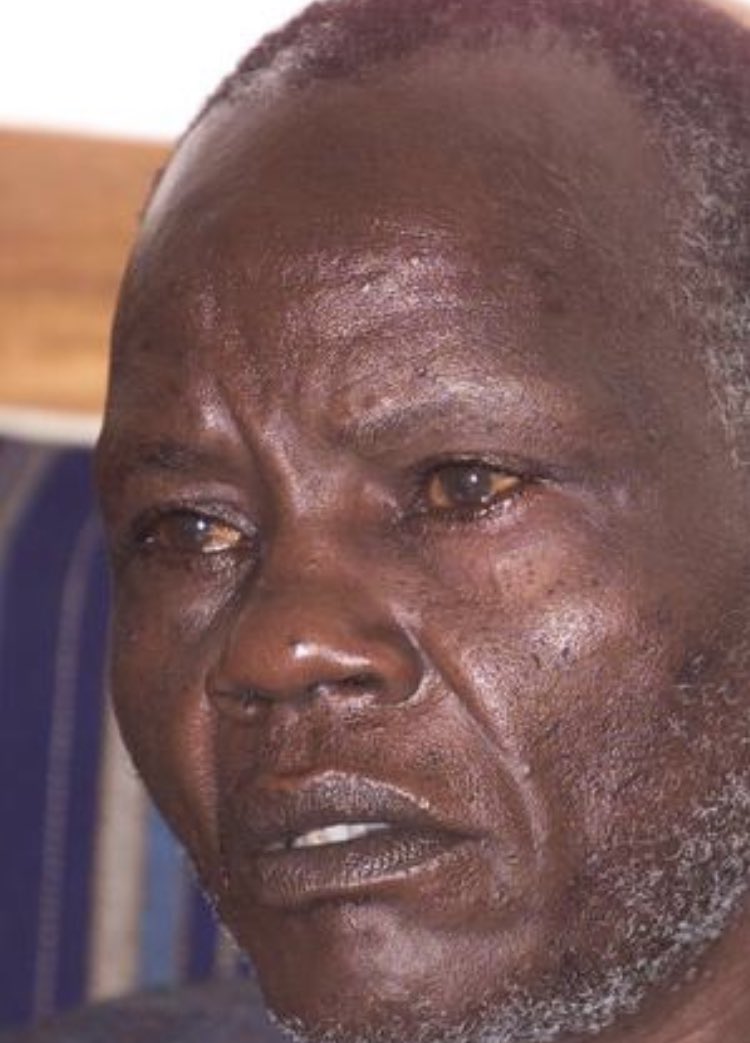
#Wikileaks has published online hitherto secret files, including a number that touch on #Kenya’s historical events and leading political leaders. 👇🏽
“Kenya Imanyara Threat” - file.wikileaks.org/file/kenya-ima…
“Kenya Renditions and Raila Odinga MoU 2007” - file.wikileaks.org/file/kenya-ren…
“Kenya Extra-Judicial Killings” - file.wikileaks.org/file/kenya-the…
“Full Kenya Violence Report” - file.wikileaks.org/file/full-keny…
“ODM vs PNU Fake 2008” - file.wikileaks.org/file/kenya-odm…
“Kenya Vote Fraud EU Report” - file.wikileaks.org/file/kenya-vot…
“Kenya Vote Fraud ODM Report” - file.wikileaks.org/file/kenya-vot…
“Kenya Who Owns The Land” - file.wikileaks.org/file/kenya-who…
“Kenyan Violence List 2008” - file.wikileaks.org/file/kenyan-vi…
“(Maasai) Mara Land Grab” - file.wikileaks.org/file/mara-land…
US Envoy’s Letter On Murder Of Hon. Merlitus Were - file.wikileaks.org/file/us-ambass…
World Bank’s 2007 “Kenya Detailed Implementation Review Report” - file.wikileaks.org/file/world-ban…
“PNU Using Majimbo To Frame Opposition” - file.wikileaks.org/file/pnu-using…
“Raila Letter To US SG Ban Ki Moon” - file.wikileaks.org/file/raila-to-…
Admittedly, some of the published contents have been in the public domain.
• • •
Missing some Tweet in this thread? You can try to
force a refresh















